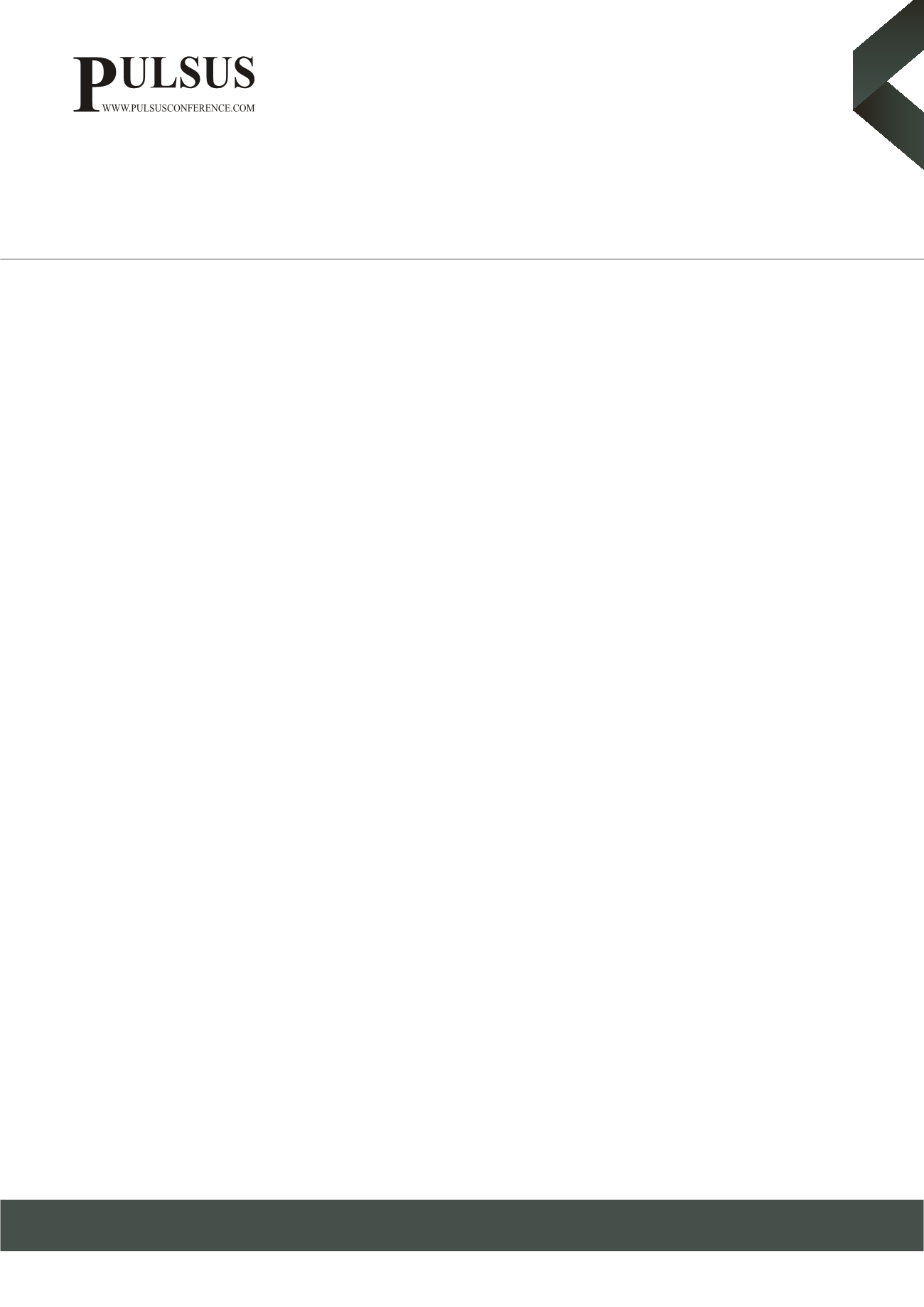

Page 29
Volume 2
Journal of Molecular Cancer
Breast Cancer & Vascular Conference 2019
February 25-26, 2019
February 25-26, 2019 London, UK
Joint event on
World Congress on
Breast Cancer
Vascular Biology & Surgeons Meeting
5
th
International Conference on
&
Cardiac, lung and left anterior descending artery dosimetric study using deep inspiration breath hold in
left breast cancer irradiation
Pitchaya Sakyanun
Chulalongkorn University, Thailand
Purpose:
This study was performed to assess cardiac, lung and Left Anterior Descending (LAD) artery dose using deep inspiration
breath hold (DIBH) technique comparing with free breath (FB) technique in left breast cancer irradiation with or without internal
mammary lymph node (IMN) irradiation.
Material & Method:
Twenty-four left breast cancer patients who had breast conserving surgery were prospectively included in this
study. CT simulation image data were acquired in FB and DIBH. Respiratory management systems were performed by Varian Real-
time Position Management (RPM) during simulation and Vision RT during treatment. Planning target volume of breast, chest wall,
IMN and organ at risk (heart, lung, LAD) were contoured in both DIBH and FB CT images. Four treatment planning in each
patient were conducted in tangential directions, covering whole breast alone or chest wall plus IMN, in FB images and DIBH images.
Planning target volumes need to be covered by 95% isodose line in all plans. Dosimetric parameters including heart (mean heart
dose (MHD), heart V25 and V40), lungs (mean left lung dose, left lung V20, mean bilateral lung dose, bilateral lung V20, V40) and
mean LAD dose were compared using two tailed unpaired t test. In-field maximum heart distance, heart volume and breast size were
evaluated and analyzed using Pearson correlation test to show correlation with mean heart dose.
Result:
Comparing FB and DIBH techniques in whole breast irradiation, there is significant reduction in MHD (5.3 Gy vs 2.9 Gy
respectively, p 0.006) and Heart V25 (8.2% vs 3.3% respectively, p 0.005). LAD dose has trend of dose reduction in DIBH, 18.3 Gy vs
12.5 Gy in FB, p 0.057. In wide tangent field, covering breast, chest wall and IMN, there were non-significantly better in MHD, 10.6
Gy in FB vs 8.5 Gy in DIBH, p =0.19 and mean LAD, 29.1 Gy vs 25.6 Gy in FB and DIBH respectively, p =0.33 However, Heart V40
and all lung parameters in all treatment plannings did not show significant difference between the 2 techniques. Reduction in MHD
was significantly correlated with in-field maximum heart distance, heart volume and breast size. In the patients who had in-field
maximum heart distance less than 1 cm, MHD had significantly better and within acceptable dose range. Patients with larger breast
size tend to receive more heart dose than smaller breast.
Conclusion:
DIBH in left breast cancer irradiation effectively reduce radiation exposure to the heart and LAD while achieving
adequate target volume coverage. There were no significant different in lung dose between these 2 techniques. Optimal in-field
maximum heart distance will help keeping acceptable MHD.
Biography
Pitchaya Sakyanun is a research student from the Chulalongkorn University, Thailand. Major focus on breast Cancer irradiation.
sakyanun.pitchaya@gmail.comPitchaya Sakyanun, J Molecular Cancer
Volume 2
















